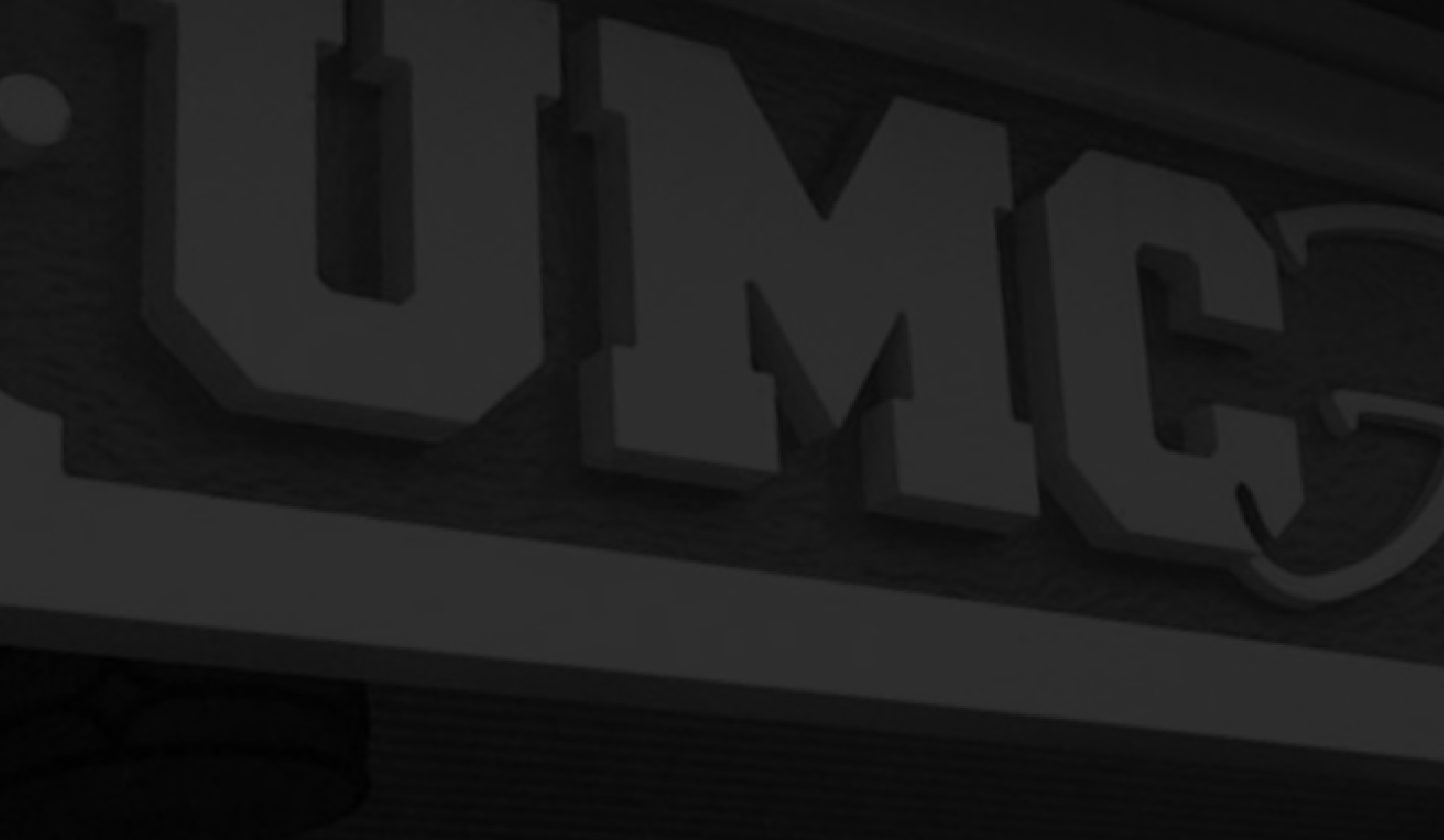This style guide is for communications and marketing professionals who work for the University of Utah. The U celebrates the rich diversity of our staff, students, trainees, and faculty, by striving to make our campus a welcoming, inclusive, and anti-racist environment. The ways in which we communicate with each other should always seek to honor the humanity of each person who crosses paths with our institution, where no one perspective is more worthy than another. In the content that we create, we have a responsibility to use language and images that are respectful to people of all cultures, backgrounds, identities, and experiences.
University Marketing & Communications, Equity, Diversity, and Inclusion, and U of U Health Marketing & Communications have collaborated with experts across the U campus to create this Inclusive Style Guide, modeled after many other resources. It aims to provide thoughtful, practical guidance when speaking to or about:
- Gender
- Immigration, international, refugee status
- LGBTQIA+
- People with disabilities
- Race and ethnicity
- Socioeconomics
This is not intended to be a quick-reference guide. Learning why certain terms are preferred, or not preferred, is just as important as using the appropriate term itself. When consulting the guide, we encourage you to read the section in its entirety to better understand the larger context.
This guide is the first step in what will be an evolving document. Language around many groups is changing rapidly and, in some cases, there lacks consensus within communities regarding what is the most respectful language to use.
Note that individuals deserve to be respected for whom they choose to be. They may identify with one category, or multiple categories, or may choose not to identify with a category that they have characteristics for.
In all cases, ask yourself if including a certain identity is necessary for the content. If it is, always ask your subject what language they prefer and verify that they are comfortable with the information being made public.
If you have concerns, questions, or suggestions please send us feedback here.
General Terms
EDI
An acronym that stands for equity, diversity, and inclusion. It’s a phrase that generally refers to efforts that an organization is doing to create a space where people of all backgrounds are represented, and their voices are valued. We use definitions from Equity, Diversity, and Inclusion at the University of Utah:
- Equity aims to identify and actively eliminate systemic barriers to access and opportunities that prevent the full participation of people, specifically those from historically marginalized groups in higher education. Equity ensures fair treatment, access, opportunity, and advancement for all students, faculty, and staff to develop to their full academic, social, and career potential.
- Diversity refers to the variety of personal experiences, values, and worldviews that arise from the whole of who we are. These experiences are valued and include but are not limited to race, ethnicity, gender and gender expression, age, religion, mental or neurological function, language, disability, sexuality, and socioeconomic status. It is this collective that makes us a stronger whole.
- Inclusion is the act of creating a community where everyone is welcomed, respected, supported, and valued. Inclusion actively embraces differences and engages historically marginalized individuals so that diversity can thrive.
Bias, discrimination
Bias is a state of mind, prepossession, or prejudice toward an object, person, or view. Discrimination is an action that springs from that state of mind; the unfair treatment of a person or group based on prejudice or bias. The two terms are not interchangeable.
Unconscious bias
Attitudes that unconsciously affect people's decisions and actions. Brain science has shown that people are often unaware of their bias, and the concept of implicit bias helps describe a lot of contemporary discriminatory acts that may not be overt or intentional. Implicit bias is just as harmful as conscious bias, so it is important to talk about marginalization explicitly and to take steps to address it.
University of Utah Resources
Equity, Diversity, and Inclusion (EDI) serves across the entire university system and leads this work for the university. Our division includes resource centers, offices, and associated student, faculty, and staff affinity groups. Our mission is to serve as a catalyst for transformation toward diversity, equity, and inclusion as an embodiment of the university’s core values with the ultimate vision of establishing a culture of belonging throughout the university and becoming a model campus for equity, diversity, and inclusive excellence.
University of Utah Health Equity, Diversity, and Inclusion (UHEDI) has a mission to create a culture where inclusion fuels innovation and quality while also addressing health and education inequities within U of U Health. UHEDI also coordinates outreach and inclusion efforts across U of U Health to ensure the workplace environment attracts and promotes the success of diverse communities.
The Office of Equal Opportunity, Affirmative Action, and Title IX (OEO/AA) is dedicated to providing a fair and equitable environment for all to pursue their academic and professional endeavors and to equally access university programs.
Other Resources
Get Started

